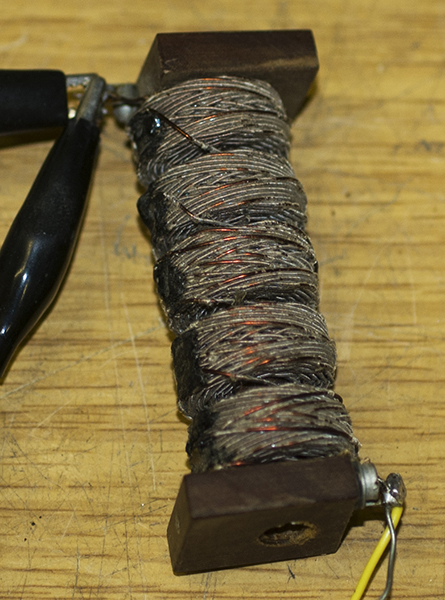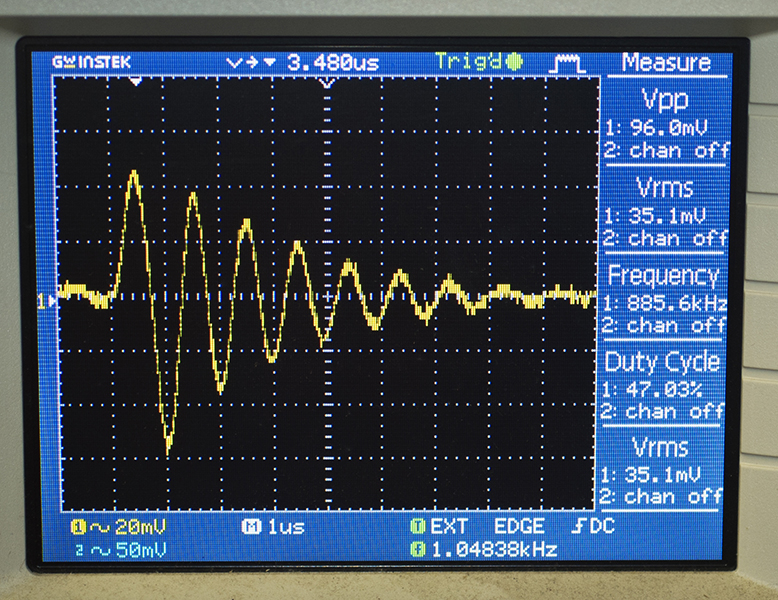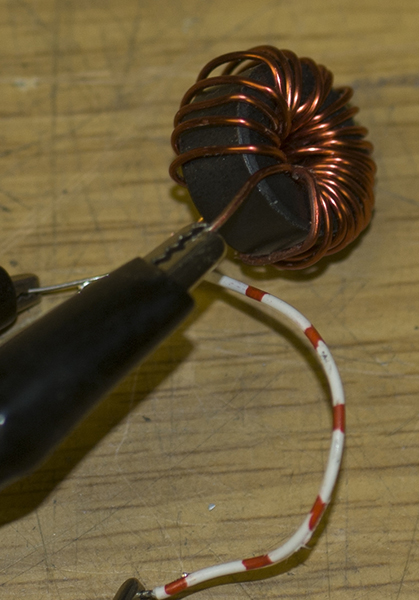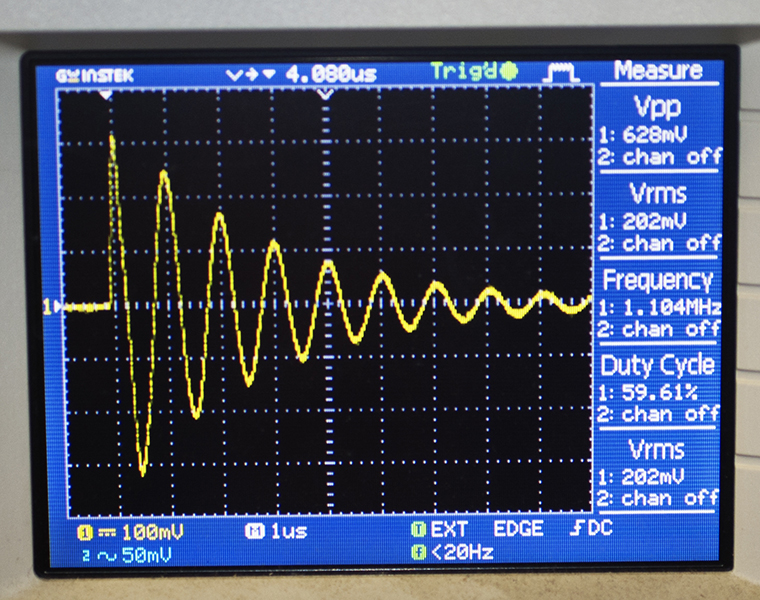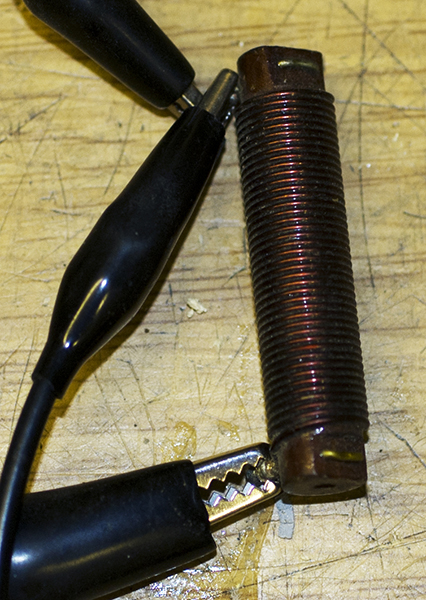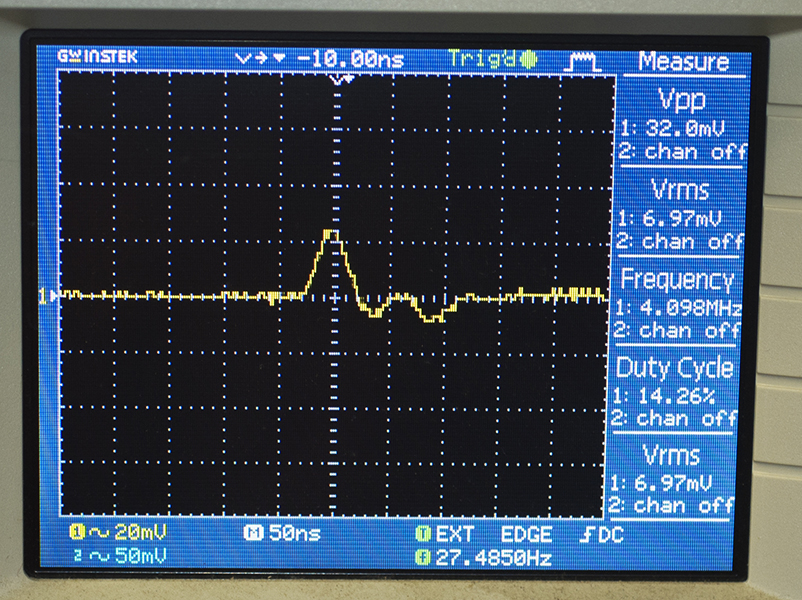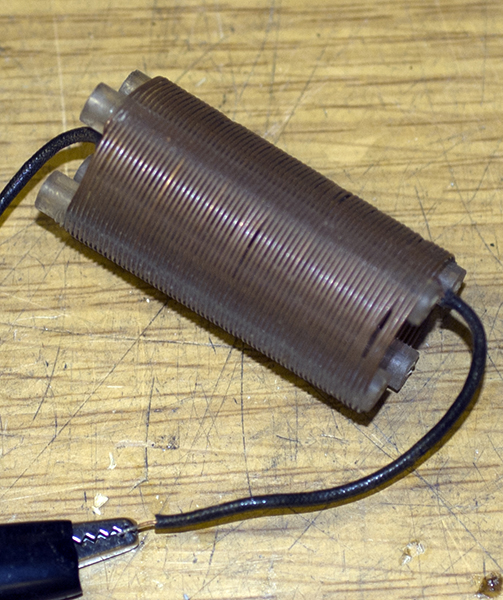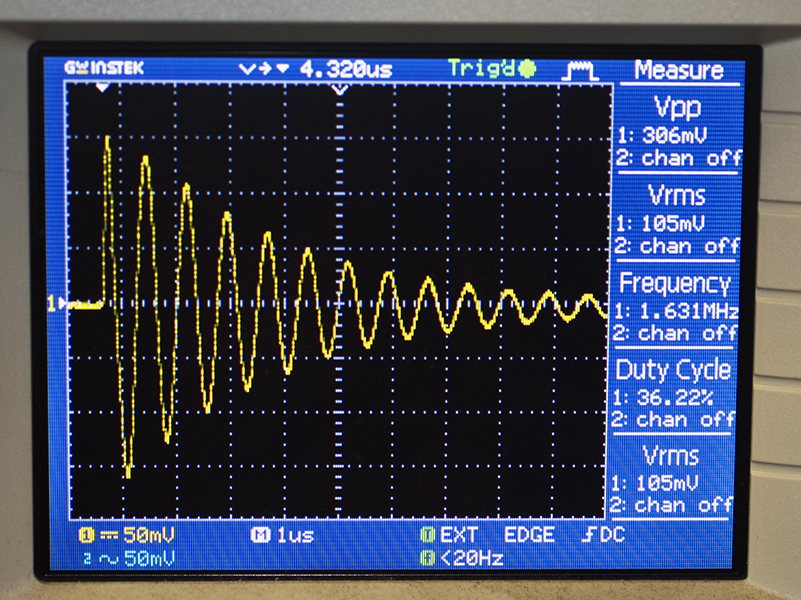First, I had to switch off my new surveillance
camera. I'd already noticed that this completely messed up long
wave reception on the Roberts portable in the bathroom some 80
feet away. In order to listen to Radio 4 this set has to be carefully
orientated to eliminate a huge interfering signal. I now know
that this interference covers most of the shortwave band. a second
camera which has recently replaced the first one is just as bad.
Some time I'll try to work out exactly where the interference
is being generated. Most electronic items in the house generate
interference which is mainly a sizzling sound but our new washing
machine sends out RF signals carrying musical notes. I plan to
make recordings.
Fluorescent lights used to be the main
short wave noise generators, but now I understand that LED lamps
might be the worst offenders. This is slightly odd, but in fact
it's not the LEDs themselves that are to blame, but their power
supplies.
As an aside….it's interesting to
recall that the UK mains voltage didn't just get decided overnight.
It took years and years and years. For ages the UK was criss-crossed
with mains cables carrying voltages ranging from less than 100
to over 400 volts and could be AC or DC, depending on what had
happened in Victorian times.
In large towns and cities the mains
voltage had been logically determined by the most common requirement.
In those early days before wireless and decades before television
it was street lighting and the illumination of large buildings
that mattered most.
With the advent of carbon filament lamps
which often replaced carbon arc lamps the most efficient operating
voltage was around 100. Later, with the emergence of tungsten
filament lamps this increased to over 200 volts.
To support easy transmission and distribution
AC was a must, so 240 volts AC became the new standard. In cities
and large towns it used to be economic to provide DC and it took
ages for this standard to finally disappear.
Eventually the UK standard voltage was chosen countrywide as
240 volts AC.
Turning back to radio interference.
What is it about these new fangled low
energy lamps and in particular LEDs that can wipe out entire
amateur bands?
It hinges on the best operating voltage.
Unfortunately an LED works at circa 2 volts DC.
There are therefore two problems.
Firstly we need DC, secondly we need to develop a voltage miles
less than 240.
True, we can string LEDs together in series and this helps enormously
as their operating voltage can be increased accordingly, but
nevertheless we still need a DC power supply from which we can
run the lamps.
For various reasons, "clean"
power supplies using a transformer and rectifier are nowadays
seldom seen, having been superseded by switch mode types. These
usually operate in the tens of kilohertz and for best efficiency
employ steep-sided pulses rich in harmonics stretching way up
to the VHF radio spectrum.
We now come to a point which is usually
overlooked or glossed over by engineers.
In the last decade or so the whole of Europe has introduced harmonization
of mains voltage. Very little has been done to the generating
plant and distribution infrastructure so in the UK the mains
voltage remains at 240volts AC. Similarly, on the European continent
their mains voltage generally remains at 220 volts AC.
Harmonization merely meant that the maximum and minimum mains
voltage over the whole of Europe was specified to be within certain
limits. The numerical values of these limits were the only thing
that changed.
Because of this fiddle, the correct
operation of every piece of electrical equipment that existed
before harmonization was put at risk and to that must be added
every piece of equipment manufactured to drawings produced before
the implications of harmonization took hold.
The result of the change in mains specification
means that plugging in a continental designed and manufactured
equipment into UK mains resulted in a possible serious reduction
in its reliability and at worst, within a relatively short time,
destruction of some of its parts.
Looking now at LED lamps designed for
mains operation.
If these are designed for use over the whole of Europe then their
power supplies must accommodate a rather large variation, ranging
from the continental 220v minimum value to the maximum UK 240v
value.
Studies have shown recently that LED
lamps generate huge amounts of radio interference when continental
manufactured units are operated from UK mains. The reason might
be simple. Harmonization of mains means that power supplies need
to run at voltages in the UK that are much higher than those
in most of the factories where testing is carried out.
A lamp might easily pass interference tests in Germany but would
fail dismally in the UK where the mains voltage is a lot higher.
Can anything be done to rectify the
problem?
Can one complain to anyone?
The practical answer is no, at least one can complain, but it
is highly likely that nothing will be done.
I suppose one could choose a lamp that
produces less interference, or even use a mains conditioner to
reduce the operating voltage to a level which minimizes interference?
Filtering is unlikely to provide much improvement if the interference
is radiated. Certainly this can be shown to be the case from
experiments with my Roberts battery operated radio. Simply, the
fact that re-orientating its ferrite rod can eliminate the noise
proves it's radiated and suggests the answer to minimising interference
may lie in one's choice of aerial.
An interesting side issue comes to mind.
Now that we have to rely on digital TV and also now that digital
radio is becoming popular, what about the effects of interference
to those transmissions?
Maybe the answer is to switch off all the lights and listen in
the dark, or use candles and oil lamps like many of the first
BBC audience. That is unless you still have the odd tungsten
lamp, or like me use 240v halogen lamps?
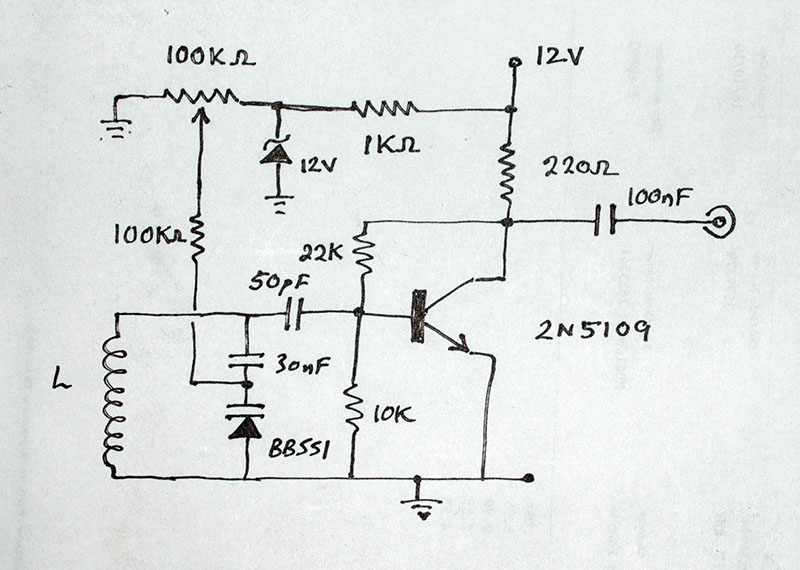
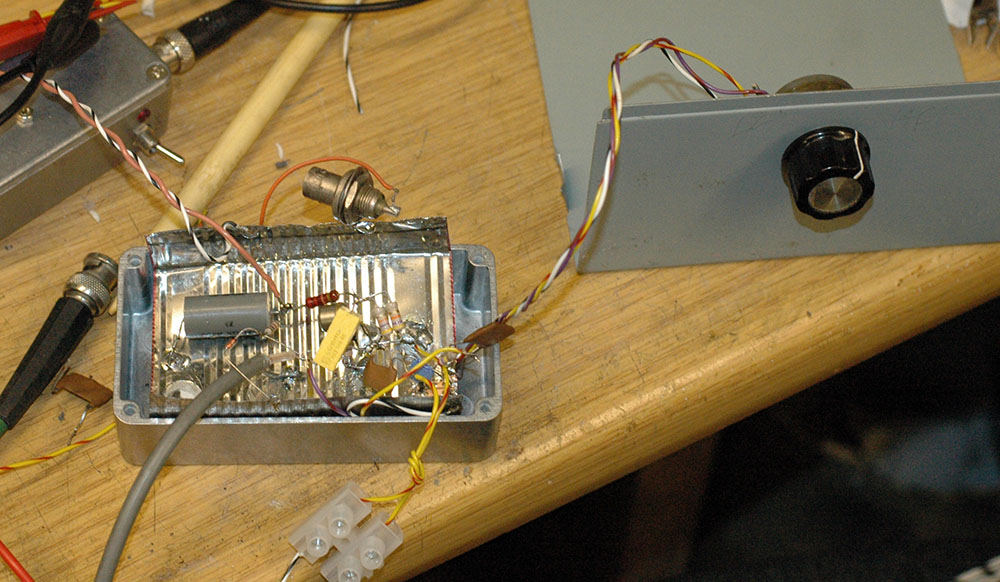
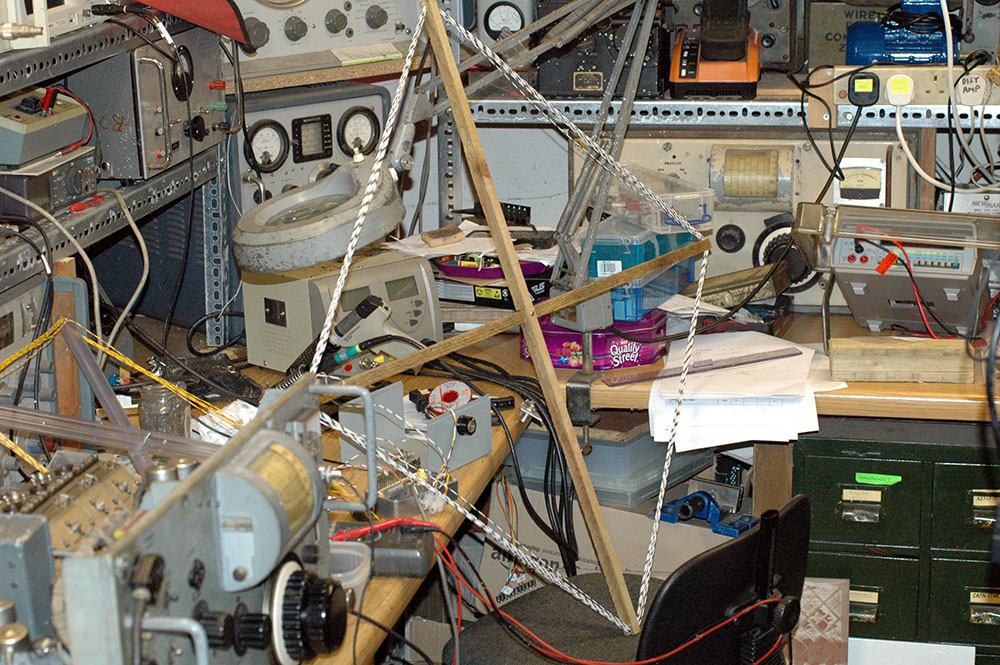
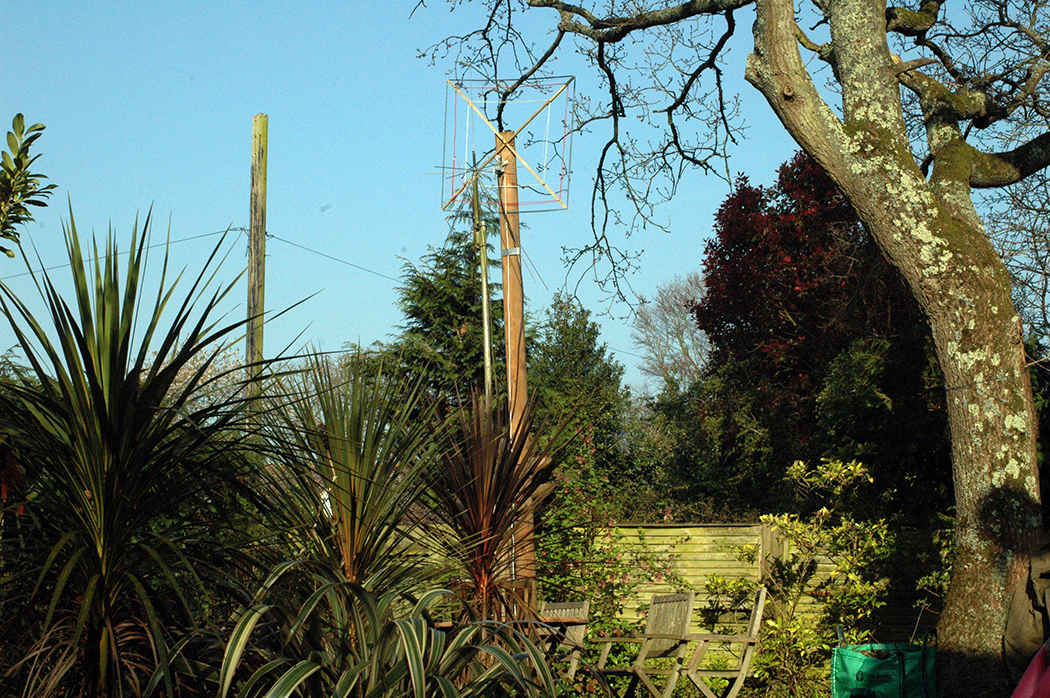
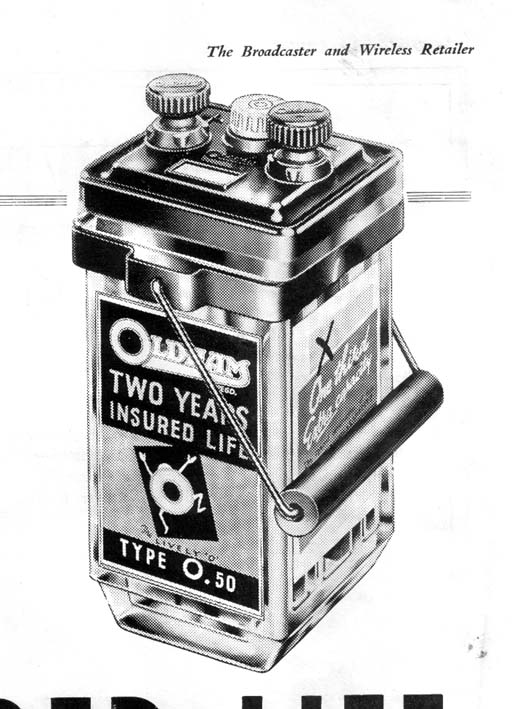 Return to entrance
Return to entrance

